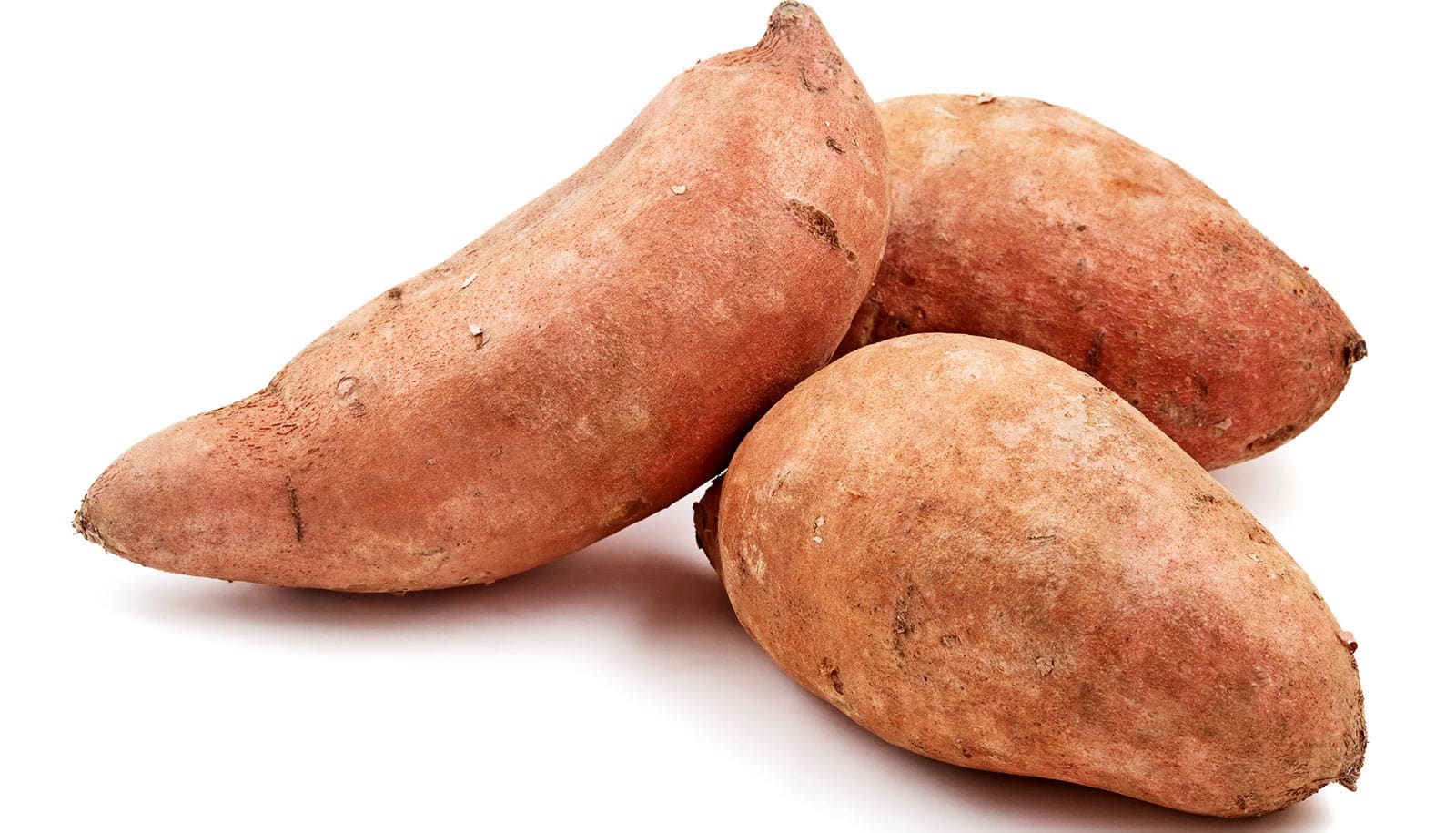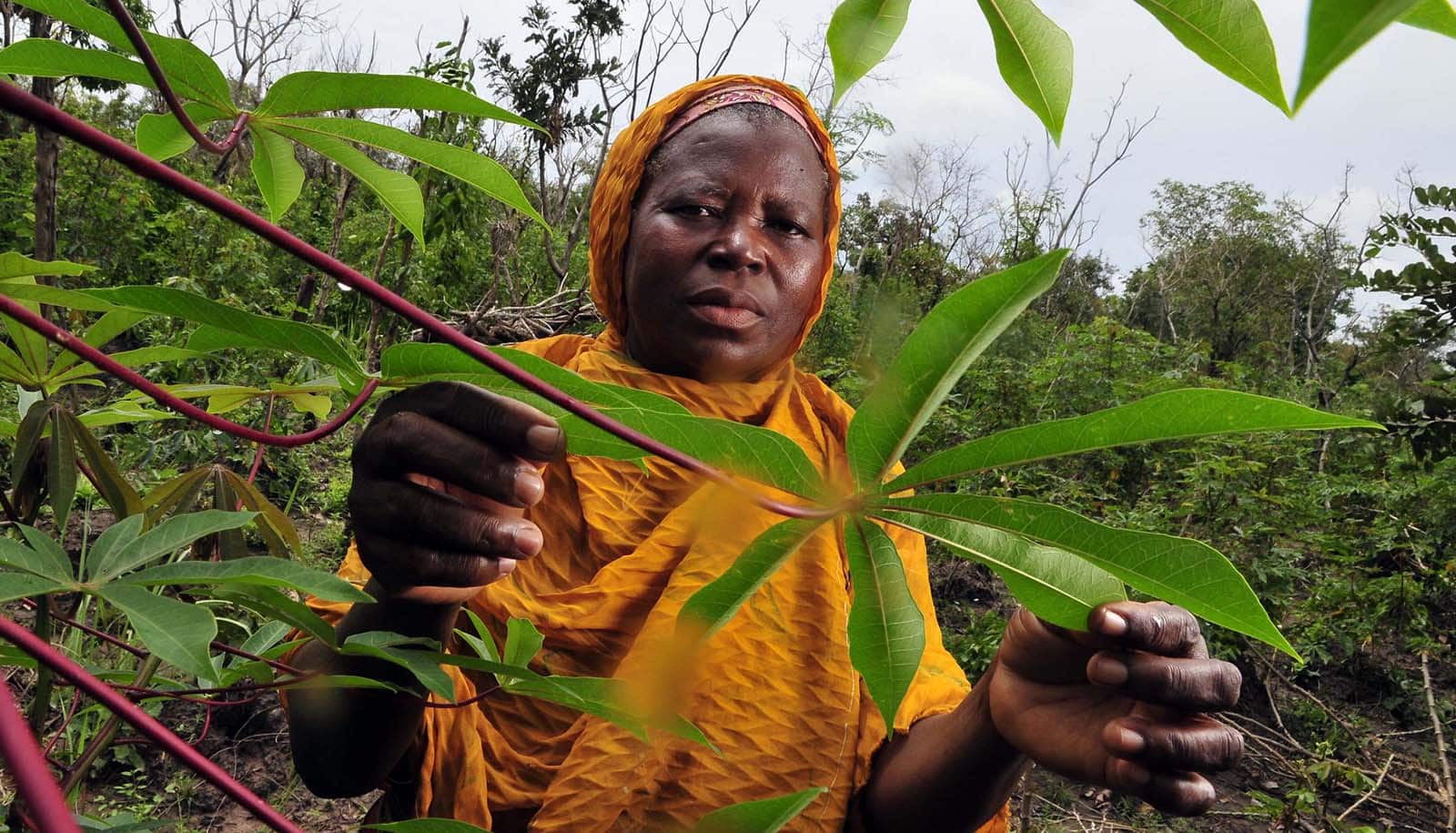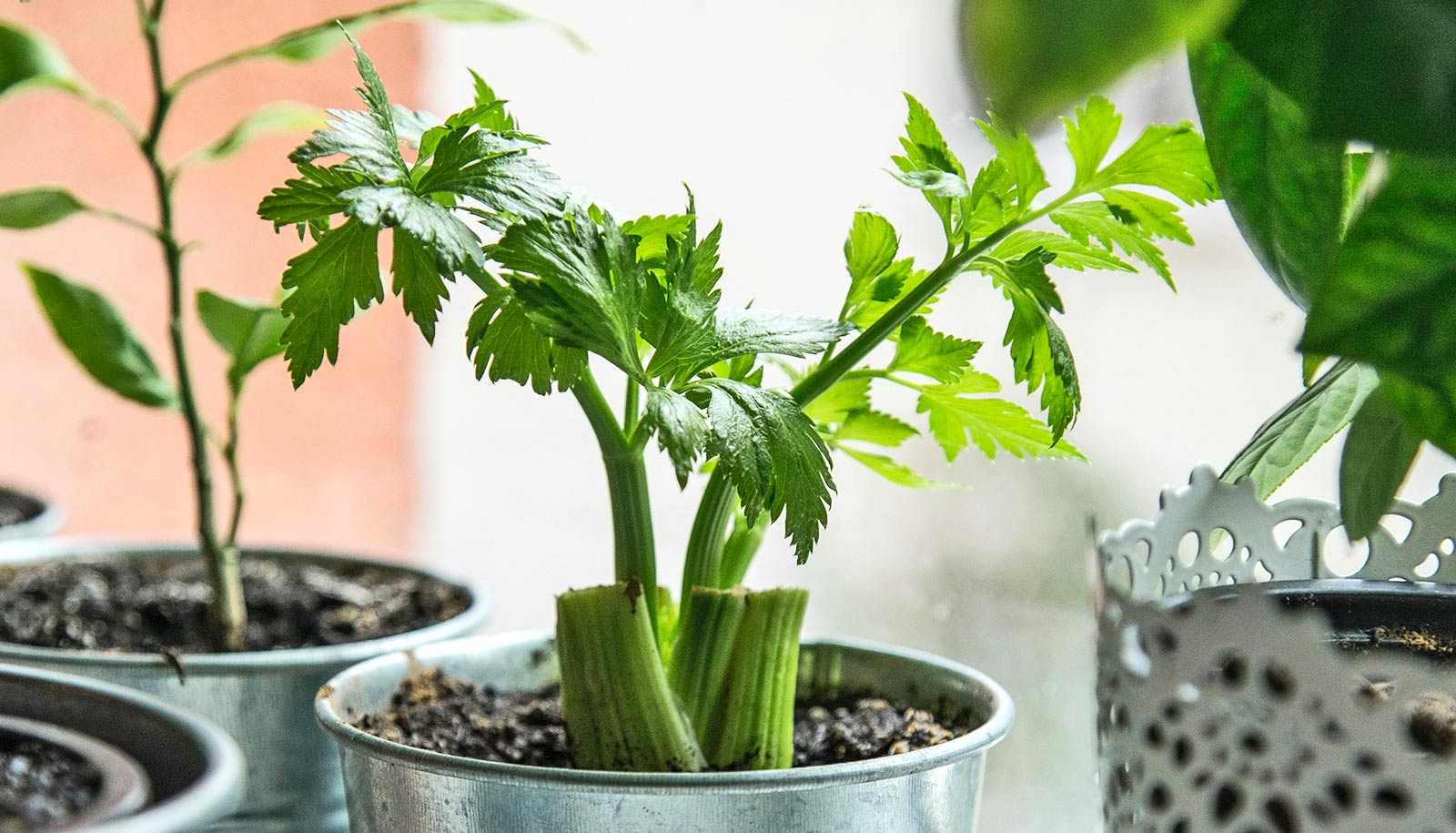Wrapping yam seeds in biodegradable paper made from a mixture of unusable parts of banana plants and recycled cardboard boxes sharply increases yam size and yields, researchers say.
As reported in Nature Food, field tests conducted in Benin, Africa, show the paper made from banana fibers and cardboard helped yam seeds planted inside the paper—with and without minuscule amounts of a pest-killing chemical called abamectin—grow larger and more abundantly than yams planted using traditional methods without the paper.
Besides larger yields and healthier yams, the four-year study showed significant reductions in yam nematode pest (S. bradys) effects in tuber peels after three- and five-month storage periods, indicating the effectiveness of the “wrap-and-plant” method in reducing post-harvest loss.
Yam nematodes cause dry rot in yams and can make tubers more susceptible to bacterial and fungal infections.
“We started this paper-making method in the lab, figured out how the paper works, took it to the field, and saw that it works in terms of not only helping yam production but also improving the quality of yams in storage,” says co-corresponding author Saad Khan, professor of chemical and biomolecular engineering at North Carolina State University.
“The paper can be made at large scale in a commercial mill, so that’s not an issue. It is very scalable and has usage beyond what is presented here.”
“We are seeing cleaner, longer tubers with less cracking and less damage. In turn growers get a healthier product which is much more valuable to sell at market,” says Charles Opperman, a professor of entomology and plant pathology and the paper’s co-corresponding author. “Maintenance of tuber quality during storage is critical as a lot of growers store yams over the winter. So quality and weight loss are really important factors.”
The researchers say that the yam nematode and fellow nematode pathogens can cause the loss of 17 to 50% of global yam crops annually. Fewer farmers are more aware of these dangers than those in Benin, which lies in Africa’s “yam belt” that produces about 92% of yams globally.
Researchers made the paper from the aqueous slurry of banana harvest wastes mixed with old corrugated cardboard, says Tahira Pirzada, the study’s co-first author and postdoctoral research scholar in NC State’s chemical and biomolecular engineering department.
The ratio most effective in forming a pliant and porous wrap was four parts of banana waste to one part cardboard.
When the water is removed from the slurry, sheets of flexible banana paper are formed. A paper cutter is used to trim the paper into small pieces that can wrap around yam seeds; those packages are then planted.
“These are the positive aspects of the production process: it uses just water—no chemicals—and it also uses another recycled product—cardboard—that is readily available,” she says. “The way we process it is very critical for its biodegradability and sustainability.
“We engineered the paper’s properties in such a way that it releases the abamectin very slowly without compromising the root growth process of the yam seed. Since it’s being used as a wrap, we have to tailor the strength of the paper as well.”
In field tests designed to test the banana paper’s efficacy, researchers planted yam seeds wrapped in banana paper alone, in banana paper with small doses of abamectin, and without a banana paper wrap.
The field trials in three different regions of Benin showed a considerable increase in yield and quality of crops produced from tubers treated with either abamectin-loaded or untreated banana paper. Abamectin-loaded banana paper provided the most protection from dry rot and cracking, followed by banana paper alone.
The researchers are currently testing the wrap-and-plant technique on other crops, including sweet potatoes and cassava, and are looking to commercialize the technology, which could drive economic development in Africa. Previous research showed banana paper’s effectiveness in African potato crops.
“It’s more than just controlling nematodes on a yam, it’s about growing a sustainable infrastructure where people are going to be better off than they were before the wrap-and-plant technology came along,” Opperman says.
“We are now looking at this in sweet potato in Africa with some incredible results so far; we’re also doing early work with sweet potato in North Carolina,” Opperman adds. “There are also some good results with cassava in Africa. We don’t see a barrier to working on any crop that we can. We’re also working on modifications to use this platform with actual seed.”
“Through this project, everyone knows that the banana paper is a biodegradable, natural, and chemical-free delivery platform,” Pirzada says. “I think this is the future of agriculture.”
Antoine Affokpon from the University of Abomey-Calavi in Benin is a coauthor of the study. Other coauthors are from NC State.
The Bill & Melinda Gates Foundation funded the work. The authors acknowledge the Kenan Institute for Engineering, Technology and Science at NC State. This work was performed in part at NC State’s Analytical Instrumentation Facility (AIF), which is supported by the state of North Carolina and the National Science Foundation. The AIF is a member of the North Carolina Research Triangle Nanotechnology Network, a site in the National Nanotechnology Coordinated Infrastructure.
Source: NC State


